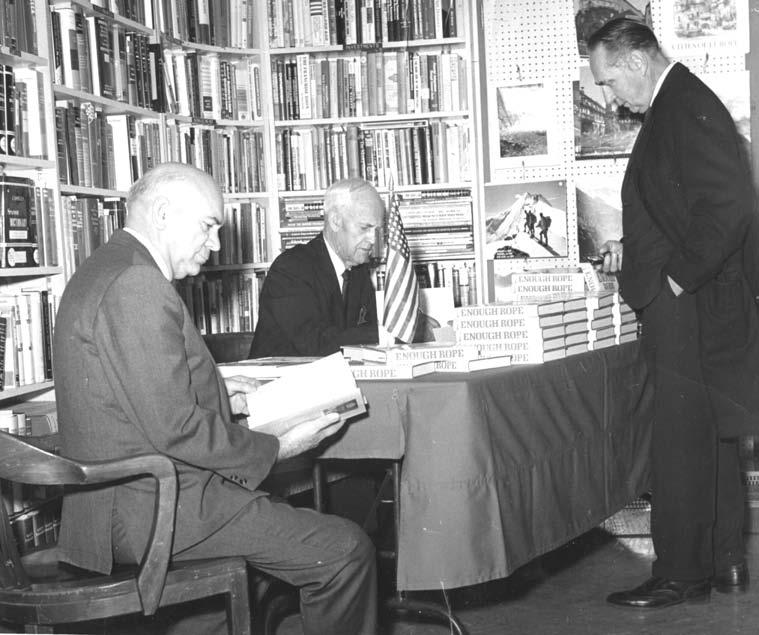
3 minute read
In This Issue
Periodically it is useful for historians to take a long view of the past to identify major events and trends over a specific period of time and to assess the current status of their discipline. As we reached the middle of the first decade of the twenty-first century Floyd A. O’Neil, one of Utah’s senior historians and Fellow of the Utah State Historical Society, was invited to give the keynote address at the 2005 Utah State Historical Society Annual Meeting and offer his observations about the significant developments in Utah history during the twentieth century and his assessment of topics and issues that still need attention. That address, printed here as the first article in our Spring issue, offers valuable insights about Utah during the last century and what issues and topics still need attention by the next generation of Utah historians in the ongoing endeavor to provide a more complete understanding of Utah’s past.
One area given considerable attention by historians in the last half of the twentieth century, but still in need of further study, is the story of immigration to Utah. Our second article looks at immigration by Dutch Mormons in the last half of the nineteenth century. Although the Dutch in general were not prone to leaving their homeland, the story of those who did make the journey across the Atlantic and on to Utah provides a more complete understanding of Utah’s immigration history.

Arthur Vivian Watkins, a native of Midway, Utah, was elected to the United States Senate in 1946 and served two terms until 1959. In 1954 he chaired a Senate Select Committee, which recommended censure for Wisconsin senator Joseph McCarthy. His book Enough Rope provides an informative account of the investigation and the excesses of McCarthyism. In this 1969 photograph, Watkins, seated at a table in Sam Weller’s Zion Book Store, autographs copies of his book.
UTAH STATE HISTORICAL SOCIETY
Our nineteenth century ancestors would likely be shocked at the state of dress or undress of their twenty-first century descendants that is depicted in the photography, advertising, magazines, films, and on television today. But if the adage is true that we cannot know where we are unless we know where we have been, then our third article that looks at risqué photographs in the last decade of the nineteenth century and first decade of the twentieth century offers helpful insights in understanding changes that happened a hundred years ago and their role in the emergence of our society today.
Another theme that prevailed throughout most of the twentieth century is the ideological conflict between democracy and communism. While the fires of that conflict have not yet been completely extinguished and the legacy of the Cold War is likely to shape attitudes and policy for years to come, the end of the Soviet Union in 1991 was a preeminent event of the twentieth century. Utah’s Senator William H. King fought for such a goal from the first days of the Bolshevik Revolution in 1917 until 1941 and the end of his service in the United States Senate. Markku Ruotsila, a young Finnish scholar trained in England at Cambridge University, recounts the story of Senator King who despised communism and saw military intervention by the United States as a justifiable measure to thwart communism in Russia.
The last article in this issue recounts the leadership of Utah State Agricultural College President E.G. Peterson in providing an environment where the Logan school could help train hundreds of students and United States military personnel before and during World War II and earn for his school the nickname “West Point of the West.”
Thanks to the efforts of our five scholars, the Spring issue offers an inviting bouquet of historiography, immigration, social, political, international, military, and general history.







